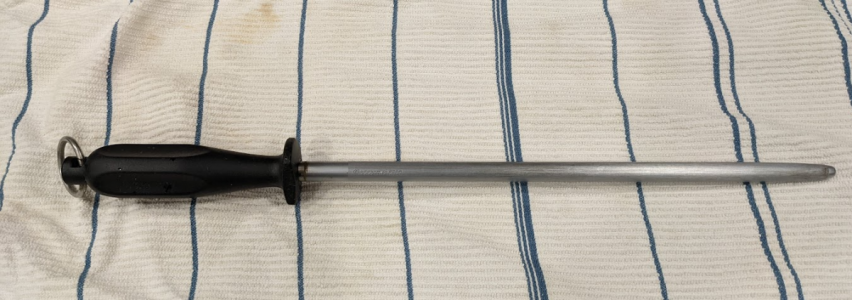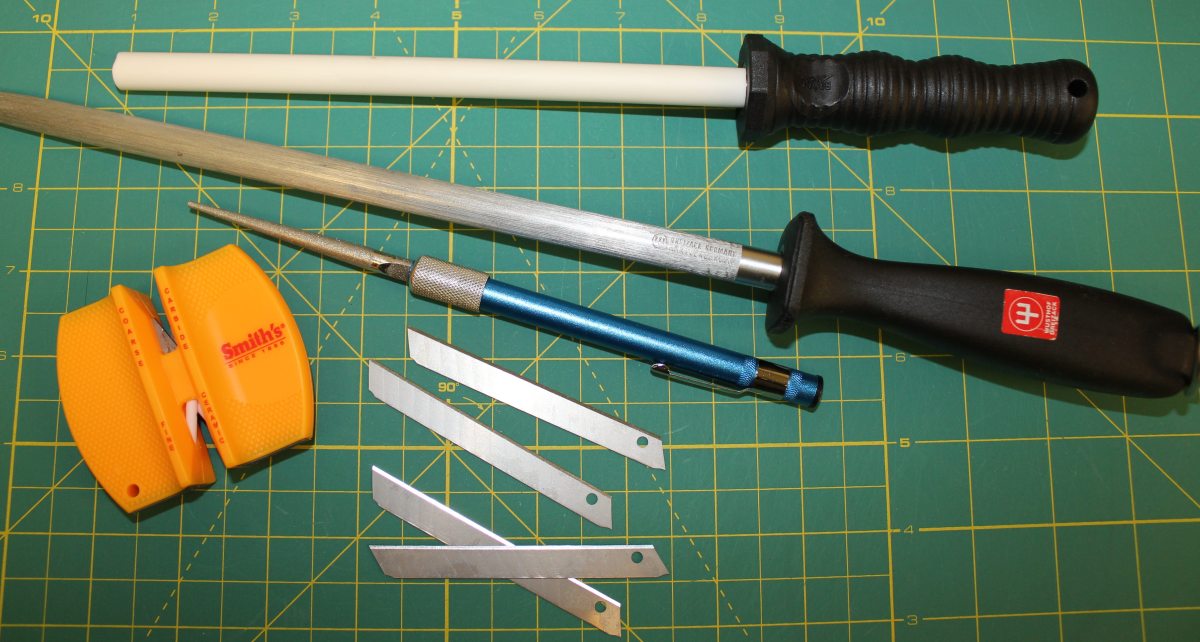Still haven’t got the vegetable knife! Did get landlord permission to install a magnetic bar though so it’s coming soon…

Verdict on the Tojiro bread slicer: love it. takes a little patience for it to bite but cuts so much more cleanly with less waste once it’s in there. Pictured here with a 65% hydration white sourdough that’ll be a friend’s birthday present this afternoon.
Verdict on the Tojiro bread slicer: love it. takes a little patience for it to bite but cuts so much more cleanly with less waste once it’s in there. Pictured here with a 65% hydration white sourdough that’ll be a friend’s birthday present this afternoon.

:max_bytes(150000):strip_icc()/sea-honing-steels-test-primary-ashlee-redger-16-ab14942666c942af8965fe4b980afcdf.jpeg)

